Several Windows 10 users have been complaining lately that their Event Viewer is filled with Event ID 7009 errors, and it happens as soon as after the Startup gets complete. The said error appears with the following message, stating, ” A timeout was reached (30000 milliseconds) while waiting for the ServiceName service to connect”.
Also Read
Page Contents
How to Fix ‘Event ID 7009: A Timeout was Reached (30000 milliseconds)’?
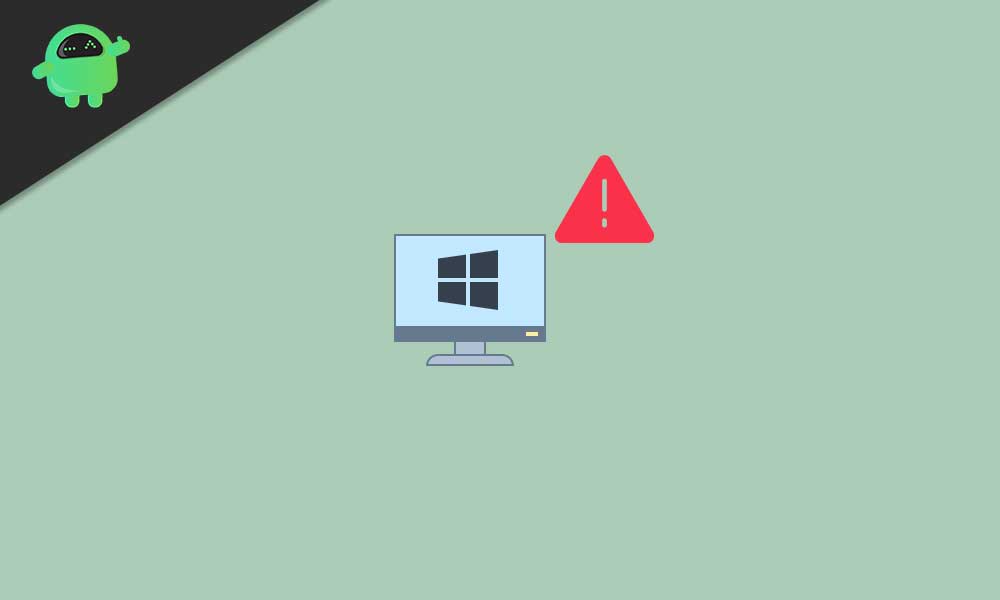
The Event ID 7009 can get triggered due to several reasons, including if the Traps service is Disabled, if a major System change interfered with the service startup behavior, due to Windows-native service, or when Windows Trace Session Manager doesn’t have enough time to start. However, with potential triggers, there’s also a list of solutions that can rule out all the possibilities of Event ID 7009 error appearing on your screen. For more insight, have a look down below:
FIX 1: Re-configure the Traps service to Automatic (if applicable):
Users who have Traps Endpoint Security Manager installed in their computers, if they are experiencing the Event ID 7009 error repeatedly, it can be because the Traps service was not being started automatically.
As per Microsoft’s official statement, the said issue trigger while multiple applications launch simultaneously during the Startup, and each of the applications tries to grab system resources for launching their respective services. Further, if the computer you are using isn’t capable of supplying every application with the required processing power, some of those services will time out and end up the user with the Event ID 7009 error.
However, despite all the conditions, you can resolve the error easily by following the steps given below:
- Firstly, launch the RUN prompt by pressing Windows + R altogether.
- Now inside the RUN prompt, type services.msc and then click on OK. If you see UAC (User Account Control) prompt asking for permission, click on Yes. It will eventually launch the Service Window into your computer screen.
- Now inside the Service window, locate the option Traps service from the list of Services.
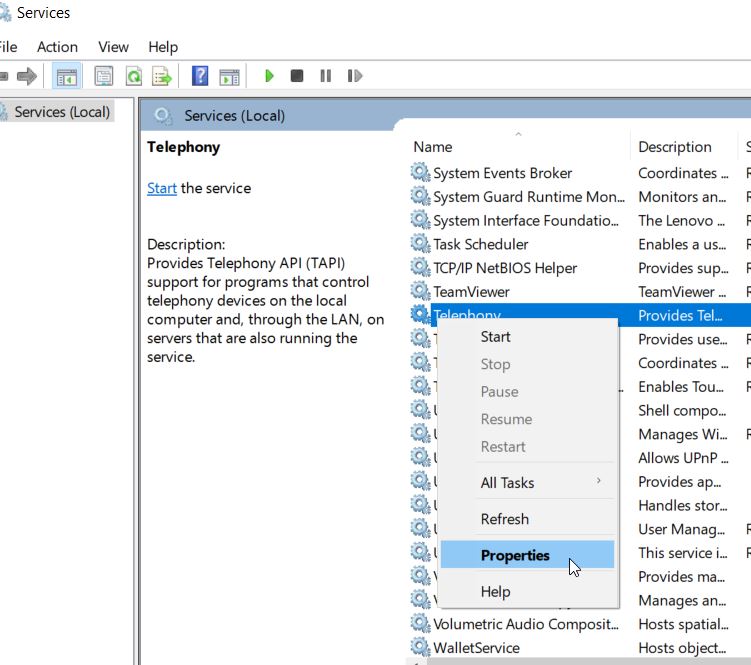
- Further right-click over it and then select the option Properties.
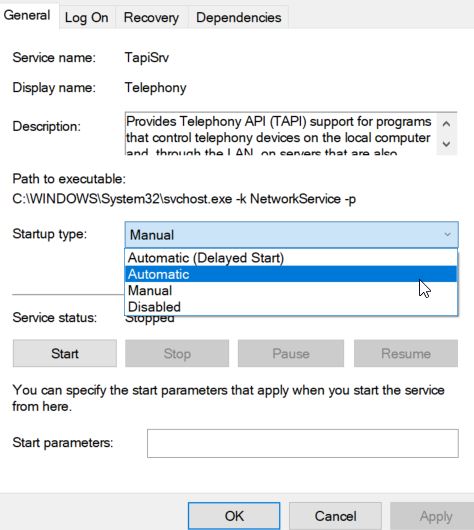
- Now on the next screen, navigate to the General tab from the vertical menu, then open the Startup type drop-down menu and then change the default behavior to Automatic.
- Now click on Apply to save the changes and then Restart your computer.
- Lastly, check the Event Viewer utility and see if the said issue got resolved or if it persists.
FIX 2: Verify the most likely culprits
The next possible solution that can help you in getting rid of the Event ID 7009 error is by verifying the most likely culprits. The solution emphasizes ensuring that every Windows-native service that can possibly cause this issue is enabled and configured to start at every system’s Startup.
The services you must keenly look upon include:
- DCOM Server Process Launcher
- RPC Endpoint Mapper
- Security Accounts Manager
- Server
- Remote Procedure Call (RPC)
Now while you utilize the Services screen to ensure that every relevant service is properly configured, the Event ID 7009 error will possibly get resolved. This is verified by a lot of suffered users, and thus we recommend you to try as well.
For ensuring that every culprit service starts at every system startup, follow the steps given below:
- Firstly, launch the RUN prompt by pressing Windows + R altogether.
- Now inside the RUN prompt, type services.msc and then click on OK. If you see UAC (User Account Control) prompt asking for permission, click on Yes. It will eventually launch the Service Window into your computer screen.
- Now inside the Service window, locate DCOM Server Process Launcher service from the list of services, right-click over it and then select the option Properties from the Sub-menu.
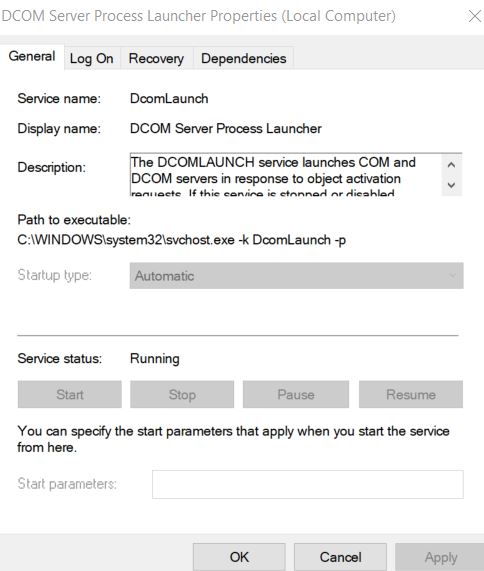
- On the next screen, navigate to the General tab from the vertical menu, set the Startup type to Automatic, and then click on the Start tab.
- Follow the 3rd and 4th steps for all the remaining services (as mentioned in the list above) until each one is configured to Automatic startup type and actively running.
- Lastly, check whether the Event ID 7009 error got resolved or if it still persists.
FIX 3: Reconfigure the Windows Trace Session Manager:
The Service Control Manager is configured to wait for 60 seconds by the ServicePipeTimeout entry before logging 7009 events (this is a default setting). But the Event ID 7009 error might get triggered if in case the Windows Trace Session Manager requires over 60 seconds for starting on low-end computer configurations.
If this situation is responsible for causing the said error, then increasing the value of the ServicePipeTimout registry value will provide all dependent services with enough time for starting properly.
Further, for modifying the value of ServicePipeTimeout in order to resolve the Event ID 7009 error, follow the steps given below:
Before you begin, we recommend you back up your Registry cluster so that everything remains safe, even if you run into something wrong during the process.
- Firstly, launch the RUN prompt by pressing Windows + R altogether.
- Now inside the RUN prompt, type regedit, press Ctrl + Shift + Enter at the same time, and it will launch the Registry Editor window with administrator access. If you see the UAC (User Account Control) prompt, click on Yes.
- Now on the Registry editor window, navigate to HKEY_LOCAL_MACHINE\SYSTEM\CurrentControlSet\Control on the left-hand side menu.
- Now when the Control registry folder is selected on the left-pane menu, navigate to the right-pane menu and then double-click on the option ServicesPipeTimeout.
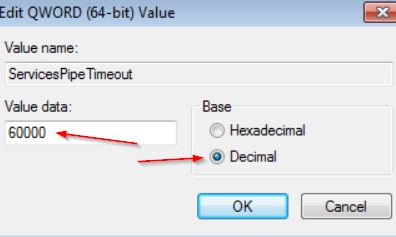
- Further, inside the ServicesPipeTimeout value Properties menu, set the Base to Decimal, under Value data type 600000, and then click on OK to save the changes.
Note:
In most cases, the ServicesPipeTimout entry does not exist naturally, and the users have to create it manually. For doing so, follow the steps given below:
- Right-click on the empty white space of the right-pane menu, select New > DWORD (32-bit) Value, name it as SerivesPipeTimeout and then press Enter.
- Once done, exit from the elevated Registry Editor and then restart your computer.
Lastly, check whether the said error issue got resolved or if it still persists.
FIX 4: Perform a System Restore:
The last solution for the Event ID 7009: A Timeout was Reached (30000 milliseconds) is system restore. If the said error started appearing in your computer after a recent system change, like driver installation, Windows update, or any other internal system changes, then it might be the real culprit for the error.
As finding out the exact reason is a really tedious and time taking task, the best solution is to perform a system restore and restore your machine state back to a healthy state when the Event ID 7009 error didn’t exist in the first place.
For doing so, follow the steps given below:
- Firstly, go to the desktop search bar, type System Restore and then click on Create a Restore Point.
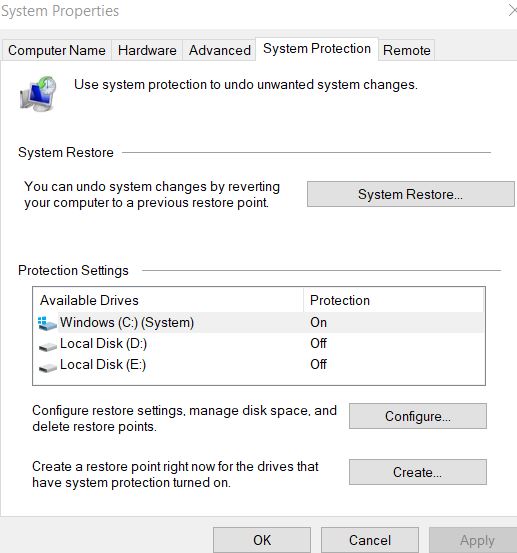
- Now on the System Properties window, click on the System Restore tab
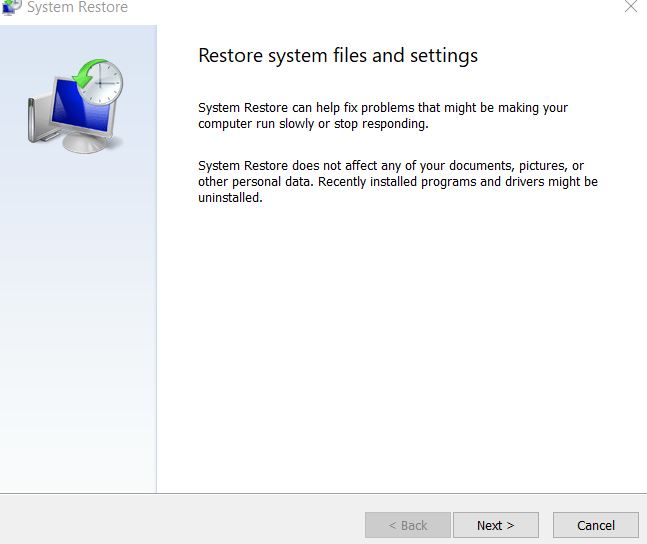
- Further, in the newly opened window, click on Next tab.
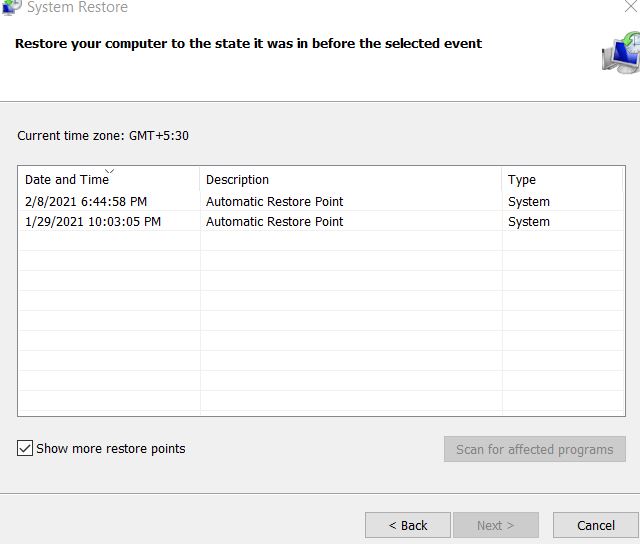
- Now tick the checkbox beside Show more restore points and select a previous Restore point from the list, then follow the on-screen instructions in order to complete the process.
- Once done, the said error issue will no longer exist.
These were the top 4 fixes for the Event ID 7009: A Timeout was Reached (30000 milliseconds). The said error seems complex, and thus once a user notices it on their computer screen, they start panicking. However, there’s nothing much to worry about as some simple steps can resolve the situation leaving you to use your computer normally again.
At the end of this article, we hope that you will find all the information and fixes mentioned above as helpful and relevant. If you have any queries or feedback, please write down the comment in the below comment box.
